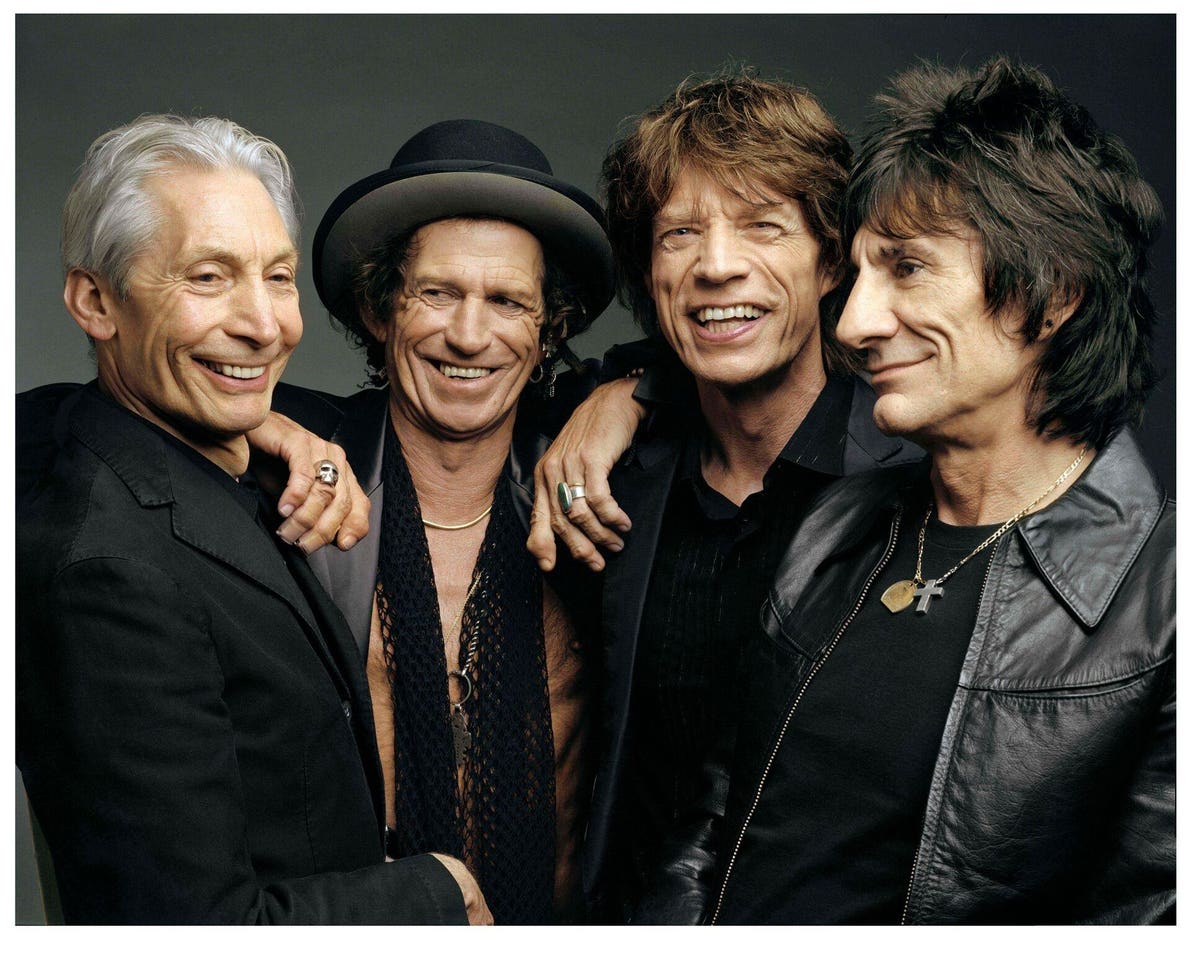Christie’s September 28 flagship London sale of the Charlie Watts estate’s collections will give Rolling Stones aficionadi as well as bibliophiles and musicologists a sterling chance to unearth, through the collecting passions of the group’s quiet, quintessentially British, rock-steady timekeeper, the deeper cultural connections that have kept the Stones alive and kicking for sixty years and then some. Inspired collections — and Charlie Watts was nothing if not an inspired collector — are about capturing a cultural flow, the meat and meaning of an epoch. Mr. Watts was a child of the mid-20th century, when Britain singlehandedly, and then with a some help, saved Europe. Currently on tour, his collection of 20th-century first editions and scores will be on view at Christie’s New York showrooms in Rockefeller Center on September 5-8.
Watts was the rhythm section progenitor for 58 of the Stones’ most productive years, from 1963 until his death at 80 in 2021 — which is a way of saying he was a good, old-fashioned English shepherd, herding his unruly flock through Satisfaction, Get Off My Cloud, Paint It Black, Sympathy for the Devil, Brown Sugar and innumerable hits beyond. How did he do that?
He did it like this: Gentlemanly, gracious to a fault, laconic, dry, dressed to the nines in Savile Row’s finest bespoke suits, married to the same woman for fifty years, and onstage, jazzy and precise working his four-piece Gretsch kit, Watts was everything the Rolling Stones are, and simultaneously, he was everything that every single other Stone and all their colorful sidemen were not. He was cool enough to bridge that chasm, and it made him the plinth upon which the prancing, wayward piratical frontmen of the show could work their ragged charms.
As his bandmate Keith Richards noted in his hilariously no-holds-barred 2010 autobiography, Life, Richards thought that Watts was “the secret essence of the whole thing.” Charlie Watts sure hand and steady eye are deeply present in this collection.
Watts was as pure a product of durable, lets-get-on-with-it post-WWII Britain as it is possible to get. His original musical discipline and the wellspring of his intense rigor as the band’s engine descended directly from his childhood fascination with jazz, which is why in the Christie’s September 28 live sale, Part 1, includes Ginger Rogers’ own score for Top Hat, in which she starred with Fred Astaire, inscribed by Irving Berlin.
It’s when the catalogue for the live sale dips especially into that most celebrated chronicler of the American Jazz Age and the high life between the wars, F. Scott Fitzgerald, that the Watts collection spikes into the six figures. A first edition of The Great Gatsby signed by the author to MGM screenwriter Harold Goldman, sans dust jacket, pictured above, carries an estimate of between $200,000-$400,000.
The inscription on the flyleaf, pictured below, is an extraordinarily intimate one, revealing a bibulous, witty Fitzgerald half-apologizing for his being prevented from another visit with Goldman — during which Goldman apparently would invite folks over to celebrate with the writer. It reads:
For Harold Goldman
The original “Gatsby” of this story, with thanks for letting me reveal these secrets of his past.
Alcatraz
Cell Block 17
(I’ll be out soon, kid. Remember me to the mob.)
Fitzgerald
Clearly, Fitzgerald is making a joke of not being able to make it over to see Goldman. Fitzgerald briefly had a contract at MGM. It is known that the two men worked together on the film “A Yank At Oxford,” with Vivien Leigh and Robert Taylor, and in Fitzgerald’s novel, Jay Gatsby does claim to have been educated there. According to this volume’s provenance, it was in the possession of Goldman’s daughter until it sold at Bonham’s “Voices Of The 20th Century” in June 2015 for $191,000 plus fees.
According to Bonham’s notes on the lot at that time, presumably from Goldman’s daughter, Fitzgerald’s hilarious “Alcatraz” in the signoff refers to the MGM studio lot, and the “Cell Block 17” to the writers’ building and his, Fitzgerald’s, office in it. If at the end of September in London the volume goes for anything north of $300,000, which the Christie’s estimate seems to project it might, then that would represent a tidy eight-year literary investment on Mr. Watts’ part.
Read the full article here





